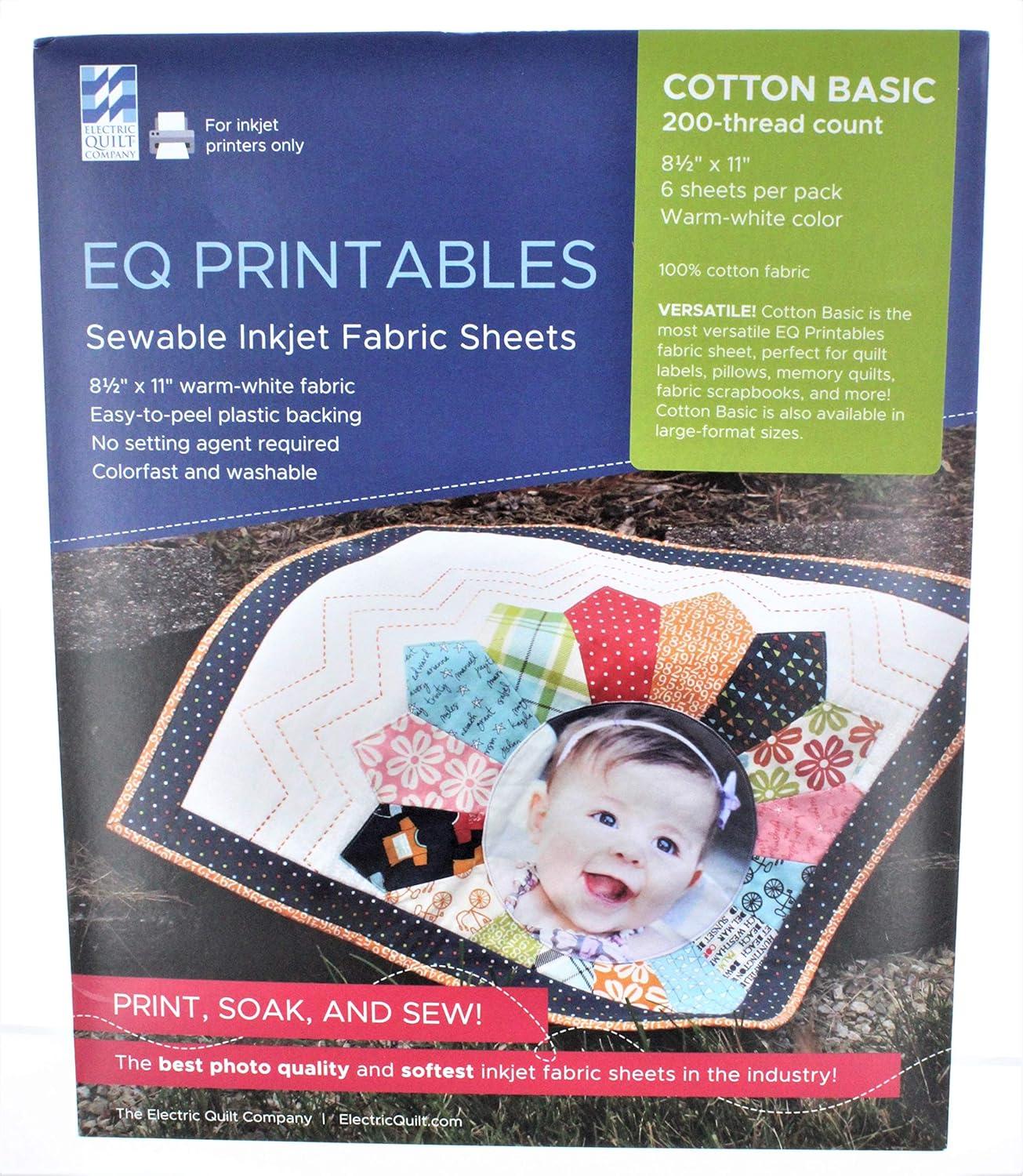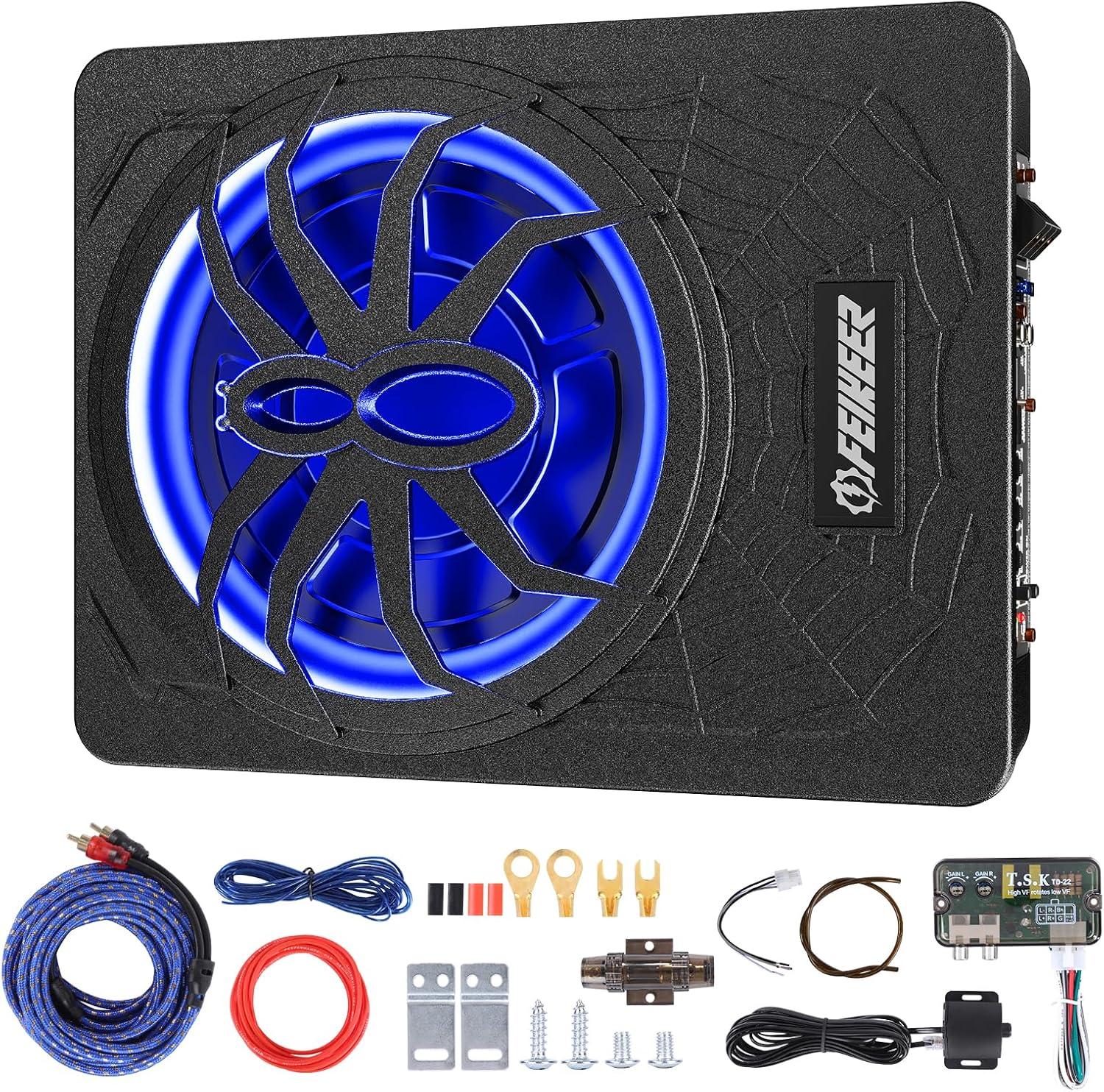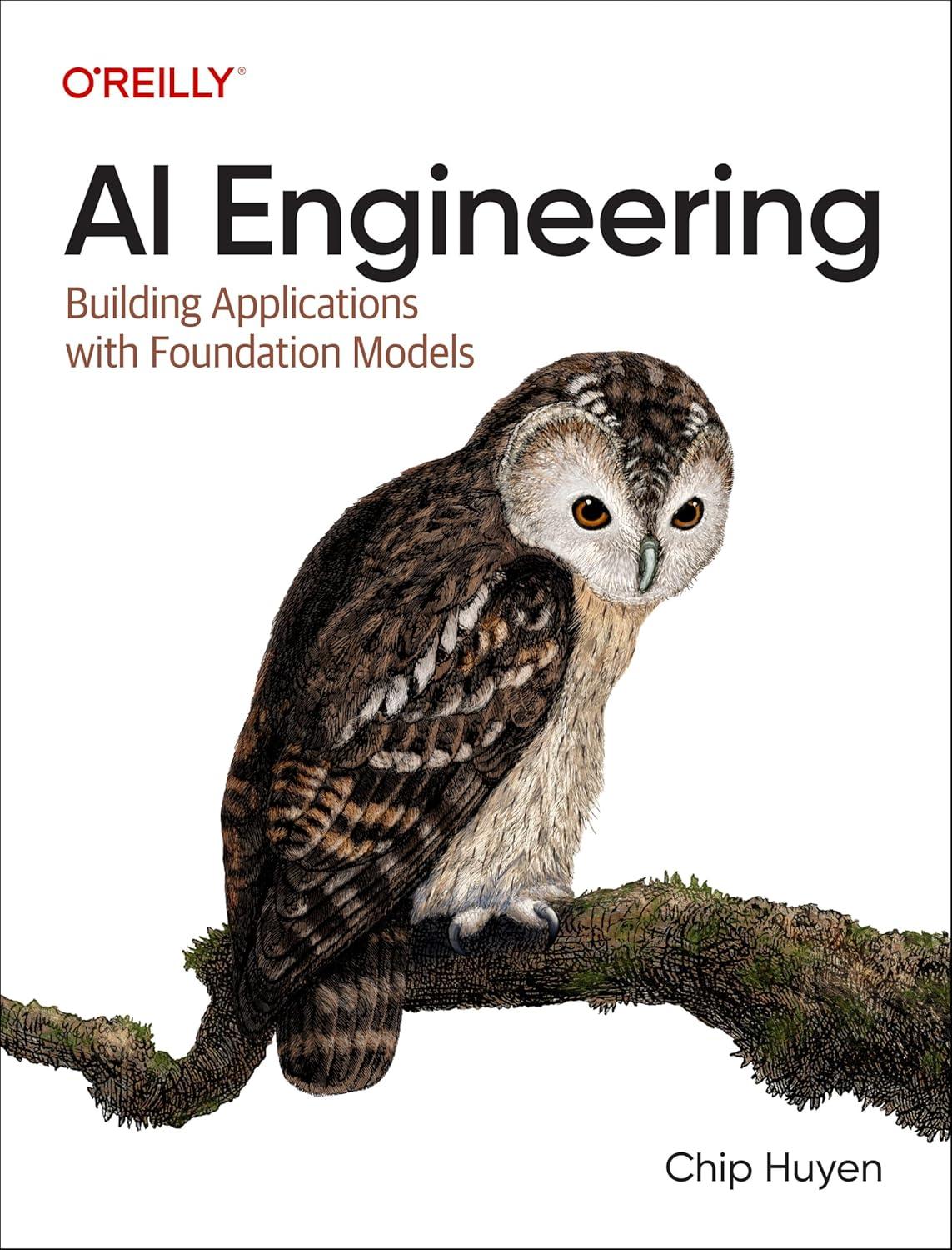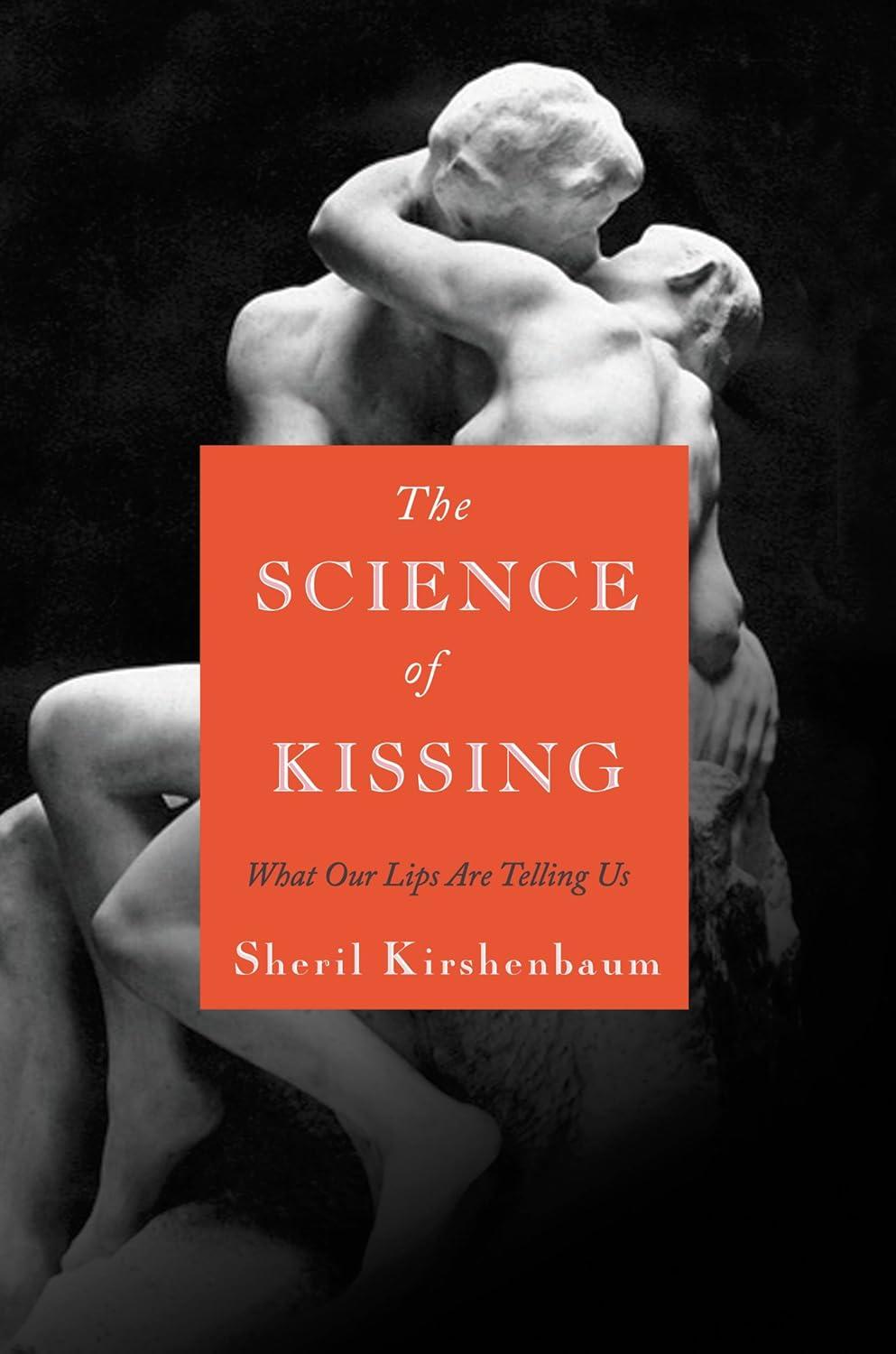Integrating AI At Home: A Beginner's Guide
Welcome to the dawn of home automation. Integrating Artificial Intelligence into your home isn't just about flipping a switch; it's about harnessing the power of intelligent tools designed to simplify your life. As you stand at the threshold of this new era, navigating the landscape can feel a bit like stepping into a minimalist sci-fi novel – exciting, but with terminology that needs decoding. Let's walk through what some key products offer to someone just starting their AI journey at home, exploring how they compare in the realm of everyday automation and personal efficiency.
Consider "The Ai Accelerator," which positions itself as a guide to leveraging AI for personal and professional gain, promising to boost productivity and even create digital clones of your best work habits. It's like a productivity multiplier, aiming to transform how you operate both indoors and out, with an explicit mention of leveraging intellectual property in the burgeoning AI economy. It suggests a more business-oriented or highly ambitious user, seeking to not just use AI, but to be shaped by it in a broader sense.
Then there's the "AI in the Home: Simple Beginner AI Tools to Boost Productivity..." book, part of a guide series. This one sounds tailor-made for the curious home user seeking practical, no-nonsense advice. Its focus is squarely on tangible, everyday tasks: simplifying life, boosting engagement, and improving learning. Think of it not as a grand accelerator, but as a thoughtful teacher, introducing beginner-friendly tools and suggesting specific ways they can streamline your routines. Imagine it as your patient guide through the front door, welcoming you into a smarter home one easy step at a time.
Finally, look at "AI Engineering: Building Applications with Foundation Models." This leans away from the home user towards the creator or aspiring engineer. It dives into the 'how,' exploring the technical aspects of building applications using advanced AI models. If the previous products are about consuming and utilizing AI, this one is about potentially contributing to its growth. It speaks less of smart lights and more of mastering the craft that powers them, assuming a deeper technical interest beyond simple integration.
Together, they offer distinct entry points: one promises transformative efficiency and monetization, another provides a practical roadmap for the everyday curious mind, and the third explores the technical foundations for those eager to build. Understanding these differences is crucial as you begin to curate the smart home environment that best suits your needs and ambitions.









